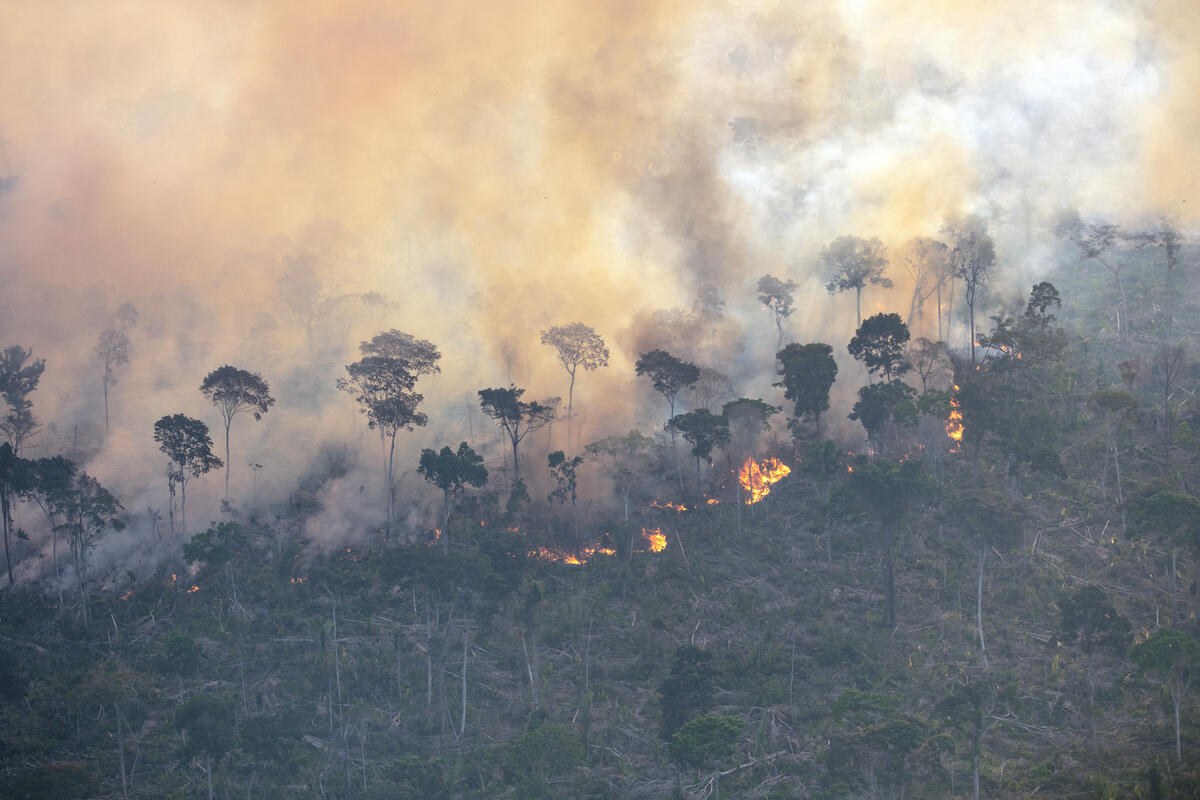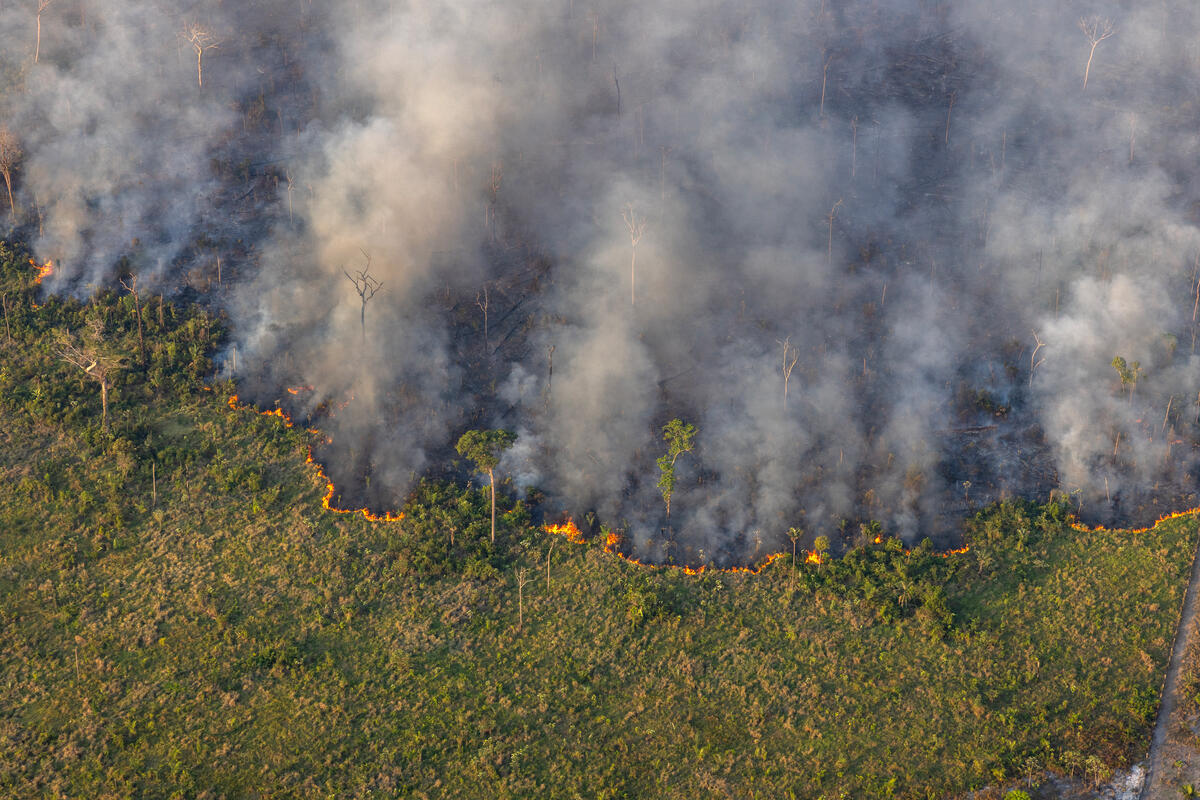In the fight against climate change, not all solutions are created equal. Some are clever. Some are flawed. And some – like the soil carbon credit schemes spreading across East Africa – are simply indefensible.
At first glance, these projects seem like a win-win: protect the land, store carbon in the soil, and generate income for local communities. But when you read the fine print and speak to those who are involved, a different picture emerges – one where climate action becomes a cover for land control and exploitation.
And this time, Kenya could be next.
Two major projects are at the centre of the controversy in Tanzania.
The Longido and Monduli Rangelands Carbon Project (LMRCP), run by Soils for the Future Tanzania with Volkswagen ClimatePartner, seeks to control nearly 970,000 hectares of Maasai rangelands for 40 years. According to the Maasai International Solidarity Alliance (MISA), contracts were signed without legal advice or translation, and often without meaningful participation from women or youth. The project imposes rigid 14-day rotational grazing schedules – rules that directly clash with the centuries-old Maasai practice of nomadic herding, a system essential to surviving East Africa’s arid landscapes.
The second initiative, the Resilient Tarangire Ecosystem Project (RTEP), led by The Nature Conservancy with local partners, operates across roughly 830,000 hectares within a broader 3.5-million-hectare ecosystem. Together with the Longido and Monduli Rangelands Carbon Project, these schemes target nearly two million hectares of Maasai territory – an area larger than Qatar.
Media and community reports indicate that participating villages receive as little as US $2 per hectare under 40-year contracts, while carbon credits from the same lands can fetch up to ten times that amount on global markets.
Supporters claim these initiatives store carbon in soils while improving livelihoods. But the science tells another story.
The Food and Agriculture Organization notes that soil carbon sequestration in drylands is highly uncertain and difficult to sustain. Peer-reviewed research further shows that carbon gains from grazing management are inconsistent and easily reversed by drought or erosion. Despite these uncertainties, communities are being asked to alter their entire way of life – at enormous social and economic cost – for climate results that may never materialise.
Tanzania’s 2022 carbon trading regulations were designed for forests, not rangelands. That leaves soil carbon projects operating in a grey zone: unregulated, loosely monitored, and easily abused.
In Kenya, the government has introduced the Climate Change (Carbon Markets) Regulations, 2024, its first comprehensive framework to guide carbon trading. Yet despite this progress, the rules remain silent on soil carbon and unclear on community land governance. In counties like Kajiado and Laikipia, new soil-carbon projects are quietly emerging under the radar, locking communities into long-term agreements with little transparency or oversight. The law outlines how credits should be registered and revenues shared but says little about how projects should protect Indigenous tenure or pastoral mobility. This gap leaves space for powerful carbon investors to move faster than regulators, echoing the same power imbalances now unfolding in Tanzania.
Some contracts even penalise “carbon leakage” – meaning if livestock from neighbouring areas graze on project land, community payments are reduced. This pits once-cooperative villages against each other and erodes traditions of shared grazing that have sustained pastoral life for centuries.
Growing investor interest is turning Kenya’s pastoral rangelands into the next testing ground for soil-carbon markets. From Kajiado to Laikipia, new deals are being brokered under the banner of sustainability, yet few have undergone proper community consultation or environmental due diligence. Without transparency and meaningful participation, Kenya risks repeating Tanzania’s mistakes under the cover of “green growth.”
Although Kenya’s regulatory framework exists, its implementation in rangelands remains largely untested, and enforcement capacity is weak. Without clear guidance on soil-carbon measurement, FPIC compliance, and pastoral land tenure, communities could once again bear the burden of climate solutions they did not design.
The Maasai International Solidarity Alliance (MISA) has called for a five-year moratorium on soil carbon projects in pastoral regions. This is not anti-climate action; it’s a call for responsibility.
Governments and investors must:
- Ensure free, prior and informed consent (FPIC) before any land agreements are signed.
- Create legal protections for Indigenous land rights.
- Base carbon initiatives on credible science, not speculative markets.
Pausing these projects would create room for safeguards, sound science, and genuine community participation.
At its core, this is about power; who defines climate action, and who bears its cost. A crisis caused by overconsumption in the Global North should not demand that Indigenous communities in Africa surrender their land and freedom for uncertain carbon credits.
Projects that extract value from Indigenous territories while offering little proven environmental benefit are not climate solutions; they are carbon colonialism – dispossession disguised as sustainability.
True climate justice demands fairness, transparency, and respect for the people whose lands sustain the planet. Anything less simply trades one form of exploitation for another.



